Although many people associate good manners with proper table etiquette and saying please and thank you, good manners extend beyond these basic behaviors.
In fact, manners are essential for promoting respect and harmony in social settings, including at home.
The 3 Basic Principles of Good Manners
There are three fundamental principles of good manners: respect, consideration, and honesty. These principles align with the Golden Rule, which states that you should treat others as you would like to be treated. Emily Post, a well-known etiquette expert, once said that “manners are a sensitive awareness of the feelings of others. If you have that awareness, you have good manners, no matter what fork you use.”
Teaching Good Manners at Home
The home is an ideal setting to teach children about good manners, although it’s important to understand that a child with perfect manners does not exist. Parents can use opportunities that arise in social situations to explain why certain behaviors are inappropriate. Yelling or punishing a child without explanation is not an effective way to teach them about manners. It’s also important to lead by example and express sincere praise for good behavior. Sharing, taking turns, being honest, and showing empathy are all important traits of good manners that parents can instill in their children.
Personal Spaces and Privacy 
Teaching children about personal space and privacy is another critical aspect of good manners. Children need to understand that invading someone’s personal space is rude, and they should ask permission before hugging or making any other physical contact. They also need to learn that it’s not acceptable to make comments about a person’s body or ask personal questions. Gossiping or telling personal information to others is also considered impolite and should be discouraged.
Good Manners in Public Places
In public settings, good manners include listening intently to others, waiting your turn to speak, and treating everyone equally. Children need to understand that interrupting others while they’re speaking is impolite, and they should think before they speak to avoid potentially hurting or embarrassing others. It’s also important to teach children to be comfortable in social settings, especially if they attend public school or participate in extracurricular activities. Using phones or other devices can be considered rude in certain settings, and children should understand when it’s appropriate to use them.
The Significance of Teaching Good Manners to Children
Good manners are crucial for promoting respect, consideration, and honesty in social settings. Teaching children about manners can start at home and should include lessons about personal space and privacy, polite language, and good behavior in public places. By instilling good manners in children, parents can help them develop into kind, compassionate, and well-respected members of society.
If you want to help your children develop good manners, one way to do so is by reading them engaging books that teach important values. The Tuttle Twins series is a great resource for parents who want to introduce their children to the principles of freedom, free markets, and individual responsibility in a fun and accessible way.
By promoting these principles, the Tuttle Twins books can help children develop a sense of respect, consideration, and honesty towards others. These traits are the foundation of good manners and can help your child thrive in social settings.
So, if you want to give your child the gift of good manners, consider introducing them to the Tuttle Twins series. Not only will they learn important values, but they will also have fun reading these exciting stories.

